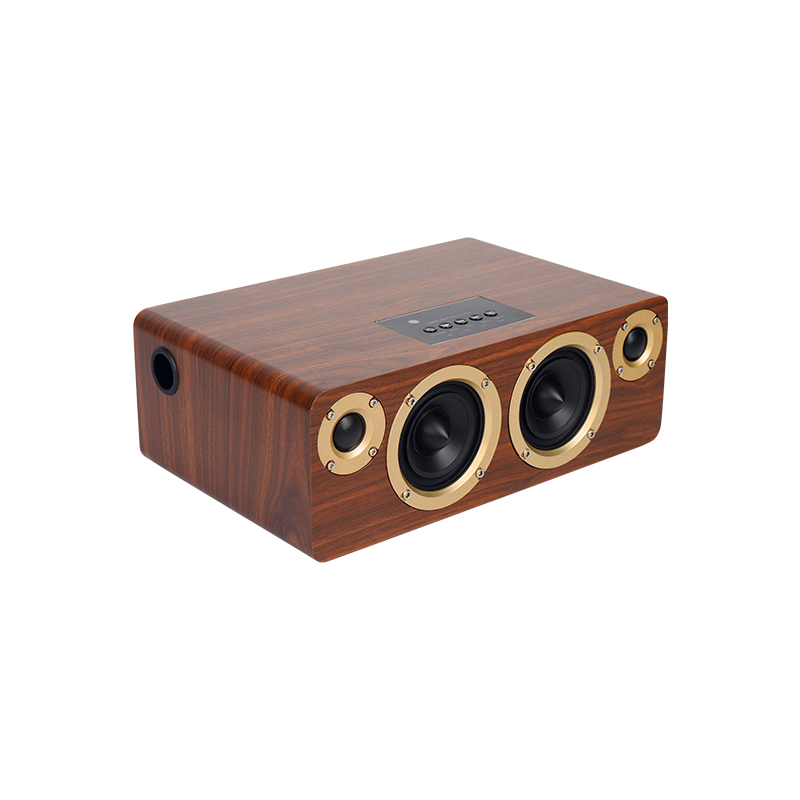Wireless microphone can achieve sound restoration and expansion. Compared with wired microphones, it is easier and more favored by consumers. It is widely used in KTV, audiovisual rooms, conference rooms and other occasions. There are many net names that think so. Maybe many people still think so today: as long as you connect to the equipment, you can speak. In fact, if you don't understand its working principles and precautions for the use of wireless microphones, then you cannot really use wireless microphone. The manufacturer will share with you this knowledge.

Working principle of wireless microphone:
The wireless microphone is mainly composed of the launch part and the receiving part. The launch part is powered by the battery, and the head converts sound to audio electrical signals. After processing through internal circuits, the radio waves containing audio information are transmitted to the surrounding space. The receiving part is generally supplied by the municipal power, and the wireless radio wave sent by the receiving antenna is received. The internal circuit is processed to extract the audio signal and sent it to the soundplay system through the output signal line to complete the wireless transmission of the audio signal. Essence
After knowing its working principle, let's take a look at the precautions of the use of wireless microphones.
1. Increased resistance
When using a wireless microphone, the output impedance of the wireless microphone is the same as the input impedance of the amplifier. The two are the best match. If the outfitting ratio is above 3: 1, it will affect the transmission effect. For example, when the 50Ω wireless microphone is connected to the input impedance to a 150Ω amplifier, although the output can increase nearly 7DB, the sound of the high and low frequency will be obviously lost.
2. Work distance and recent lecture effect
Generally, the working distance between the wireless microphone and the mouth should be 750px --1000px. If the distance is too far, the response increases and the noise is relatively increased. If the working distance is too close, it will be distorted due to the strong signal, and the low frequency will affect the clarity of the language. This is because there is a "recent lecture effect" in the directional microphone, that is, when the short -distance broadcast lecture, the low frequency will be significantly improved. However, sometimes the singer intends to use "near -talk" to make the singing effect more wonderful and beautiful.
3. The angle between the sound source and the wireless microphone
Each wireless microphone has its effective angle. Generally, the sound source should respond to the central line of wireless microphone. The larger the corner between the two, the greater the loss of the treble. Sometimes when using a wireless microphone, there is a sound of "Long". At this time, it can be reduced by deflection.
4. Wireless microphone position and height
During the pitch, do not put the wireless microphone near the speaker or align the speakers first, otherwise it will cause howling.
The height of the wireless microphone should be dependent on the height of the sound source. If it is a person's speech or a few people sing, the height of the wireless microphone should be consistent with the singer's mouth; when the number of people is large, the wireless microphone should choose the average height and appropriate The positioning of the singer and accompaniment and the positions of various musical instruments in the team should not make the noise, light too lightly, and make all sounds within the effective angle of the wireless microphone.